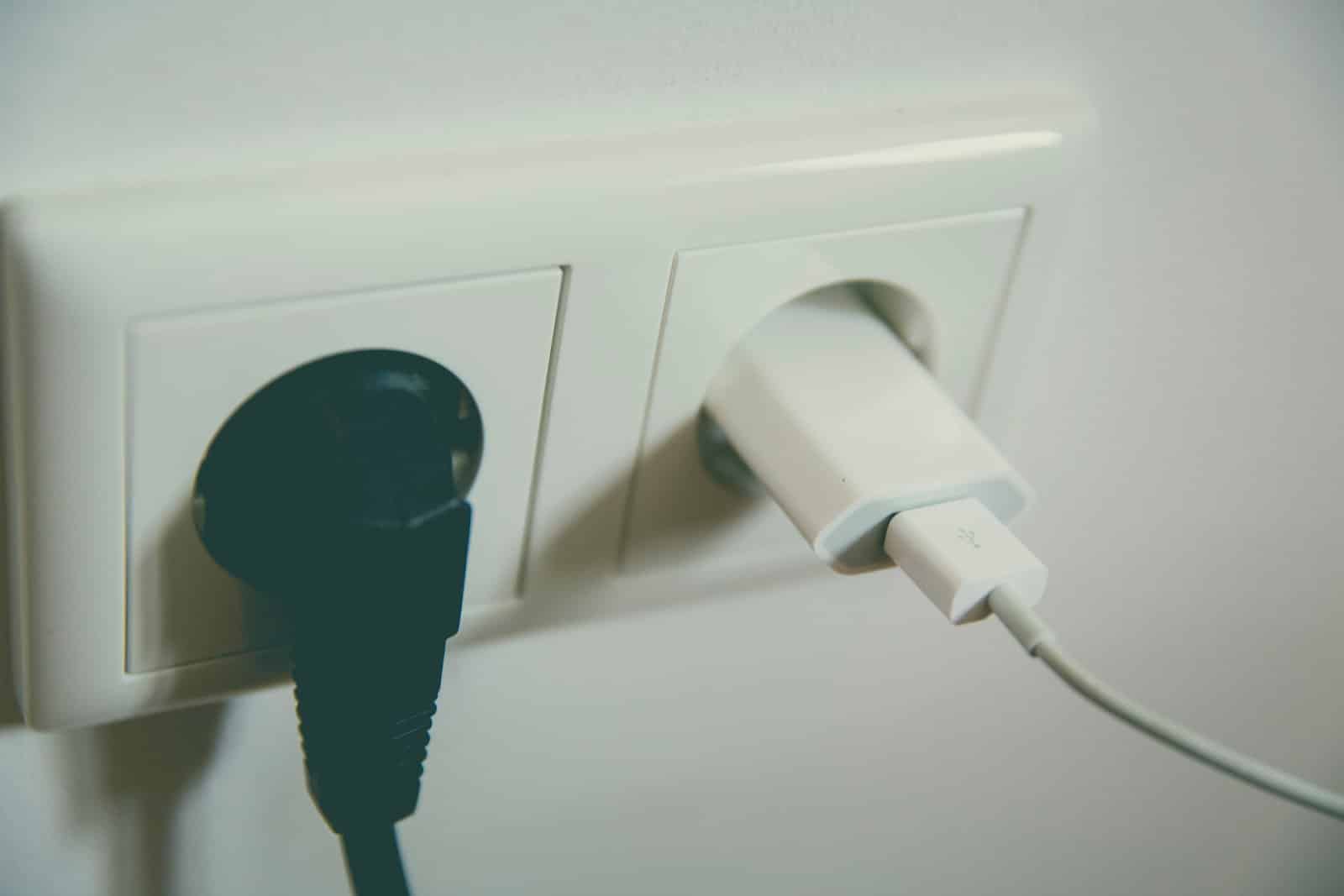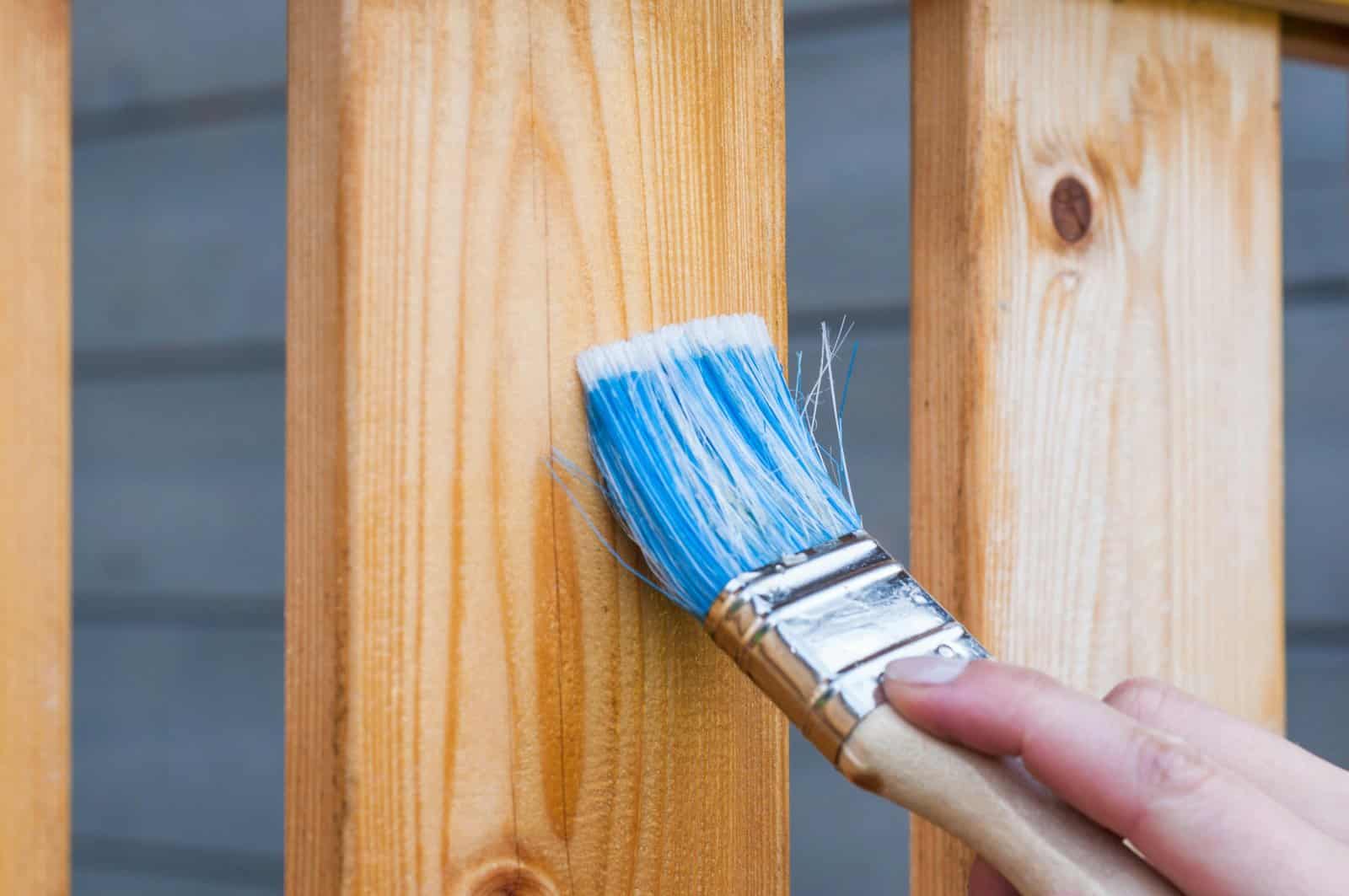If you want to reduce your spending without cutting out products and services that improve your life, consider these practical tips.
Save More Without the Lifestyle Drop

Saving money can be a minefield, and for some people cutting down on costs means giving up many of the little luxuries that make their lives enjoyable.
But reducing your expenses doesn’t have to be painful, and it doesn’t have to make your life worse.
9 Tips for Savvy Savers

It’s possible to save money without sacrificing your quality of life – it just takes a little time, thought, and consideration.
Let’s take a look at 9 ways you can reduce expenses without reducing your own comfort and happiness!
#1. Be Energy Conscious

With utility costs increasing, you may find your energy bill is biting into your monthly paycheck. A great way to reduce unnecessary energy expenditure is to adopt more conscious habits around energy use.
Switch off and Unplug

Start switching off lights and unplugging electronics, appliances, and power strips when they aren’t in use, and you should notice a dramatic decrease in your electricity bill. Not only that, but you’ll reduce your carbon footprint!
#2. Buy Secondhand

Buying household and personal products secondhand is rapidly gaining popularity in the US. Gone are the days of denigrating “hand-me-downs.”
Nowadays, buying secondhand is just smart spending for anyone on a tighter budget.
It Doesn’t Equal Quality

Secondhand items don’t indicate lower quality – it’s easy to find good as new items, and you can regularly find superior brands for a fraction of the cost.
Prioritize buying in thrift stores instead of online and you can ensure that your secondhand items are good quality before you buy.
#3. Learn to DIY

Doing household handiwork and repairs may seem daunting if you have limited experience, but it’s easier than you think.
Learning how to sew damaged clothes, repair furniture, and fix simple plumbing and electrical issues rather than replacing or repairing them will save you thousands in the long run.
Money Saver, Hobby Maker

You can find guides for completing virtually any laborious task with YouTube, Google, and your local library.
And learning to do household DIY won’t just save you money – you’ll probably pick up a few crafty hobbies on the way too.
#4. Track Your Spending

It sounds obvious, but many people fail this step because they don’t want to face their money habits. But tracking how much you spend, in detail, is the best way to figure out what you can most easily do without.
What to Do

Set up a spreadsheet, take out your bank statements and receipts, and make a detailed list of everything you have purchased or spent money on in the last 3 months.
Start marking out places where you think you can reduce your expenses.
#5. Delete Your Credit Cards

Making it harder for yourself to spend unnecessarily is a key way to cut expenses. Adding your credit card details to websites and apps makes spontaneous payments too simple (and tempting).
One-Click Payments Too

Go through all of your apps and most frequently used shopping sites and delete your payment information.
If this will be a significant inconvenience for you, at minimum make sure to disable one-click payments that enable purchases without PINs or passwords.
#6. Plan Your Shopping Beforehand

Walking into a supermarket or department store without a shopping list is practically giving you the freedom to buy whatever you want.
It’s imperative to make a list of everything you need before you leave the house.
Lists, Lists, Lists

Making shopping lists means you are less likely to succumb to impulse purchases because you know you don’t need those items.
Meal planning will make this process even easier, but it doesn’t just apply to grocery shopping – you should make lists for Home Depot visits, clothes shopping, etc.
#7. Cancel Your Subscriptions

This is a common suggestion for people who want to save money, and for good reason. Often the average U.S. consumer subscribes to websites, apps, streaming services, and other digital products that they then barely use. If you can cut these out, your expense account will thank you.
Cancel in Moderation

While some recommend a clean sweep, you don’t have to get rid of everything. Make a list of your paid subscriptions and re-evaluate – do you really need Spotify and Apple Music? Do you watch enough TV to justify membership to three streaming platforms?
#8. Buy in Bulk

Buy as many of your kitchen, bathroom, and cleaning products in bulk as possible. Buying bigger portions or multi-pack items of your staple ingredients and products is virtually always cheaper than buying them in smaller or single portions.
Consider Home Brand Options

While you’re switching to bulk packaging, consider choosing the home brand options for your products too.
Often there is little to no qualitative difference between them and the name brands, you’re just paying extra for the reputation and fancy packaging.
#9. Research New Memberships and Service Providers

You’re not locked into your memberships and service providers, and some companies can change their rates or membership rules (looking at you, Netflix) without adequately informing users.
Shopping around and checking competitor rates is a great way to make sure you’re getting your money’s worth.
Consider When to Move On

Make a spreadsheet of all your memberships and service providers, including electricity and internet companies, gym, insurance, etc, and compare the prices of their competitors.
If you can find reliable companies that provide the same service at a lower price, it’s time to make the switch.
The post Smart Savings: Cutting Costs Without Compromising on Quality first appeared on Liberty & Wealth.
Featured Image Credit: Shutterstock / Drazen Zigic.
The content of this article is for informational purposes only and does not constitute or replace professional financial advice.

